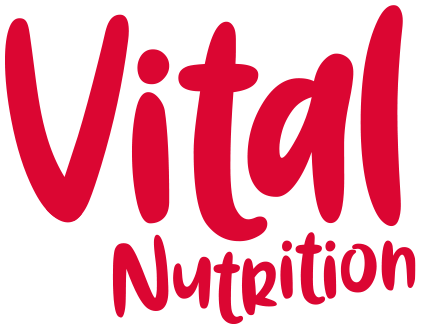Big up the brassicas!
We all know that vegetables are good for us, but there is a certain group of veggies that are thought to be a cut above the rest in terms of their health benefits. Brassica (or crucfierous) vegetables are those sulphur-rich veg like cabbage, broccoli and kale, and they have been linked with everything from reducing cancer risk to helping to support hormone balance.
Brassica vegetables are some of the most nutritious ingredients you can add to your plate. They are packed with vitamins and minerals including folic acid, vitamin A, vitamin K and vitamin C, as well as a range of different antioxidants and phytonutrients. A lot of research has focused on their particularly high concentrations of sulphur-containing compounds such as sulforaphane, isothiocyanates and indole-3-carbinol that give these vegetables their distinctive aroma and flavour.
What are they?
The good news is that these vegetables grow well in Ireland, are in season all year around, and we like them!
As well as cabbage and broccoli, there are lots of others to choose from like:
broccoli (including tenderstem)
bok choy
rocket
cauliflower
brussel sprouts
cabbage
chinese cabbage
kale
daikon
kohlrabi
turnip
mustard (leaves and seeds)
radish
romanesco
watercress
How to eat them!
The way we prepare our brassica vegetables matters.
Chopping, cooking and chewing your favourite brassicas help activate an enzyme called myrosinase that breaks down the sulphur compounds into their biologically active forms.
Having a healthy gut microbiome can help too, as the probiotics in our gut also help to activate the sulphur-rich compounds.
The health benefits:
It is very difficult to single out one particular food group of their health benefits, but brassica vegetables have been linked to improvements in cholesterol, blood sugar balance and immunity, so it is worth getting your fair share.
There have also been studies that have established a relationship between cruciferous vegetables and a lowered risk of certain cancers, thanks to their sulphur-rich ingredient, found to have anti-inflammatory effects on the body.
Brassica vegetables are an important food for women’s health, as they are thought to help support the balance and metabolism or oestrogen.
It is important to keep in mind that there is no such thing as a super food - no individual food that will be a miracle cure or at the answer to all our health woes, but I think adding an extra portion of brassica vegetables to your plate is one worth investing in, for the good of your health.
How to eat them:
There are so many different types of brassica vegetables to choose from, so getting a variety into your diet, and trying one or two that you haven’t eaten for a while is a good way to get more variety, and therefore more nutrition, on your plate.
Steam, roast, stir-fry, shred. There are lot os ways to use these versatile veggies. Some of my favourite days to cook brassicas include:
Roasting - forget the cauliflower cheese and try it roasted instead, It will change how you think about this humble vegetable. Roast in olive oil with some herbs of your choice (bay and thyme are good), then when you take it out of the oven, add a little lemon zest and juice, some sea salt and black pepper. Totally delicious!
Kale crisps - this is a really nutritious treat and a great alternative (or addition) to the snack bowl along with nuts and crisps over the festive period, take the stalk out of kale and shred it. Massage in a tiny bit of olive oil, season well and roast in a hot oven (or pop it into your air fryer) until crispy, Keep an eye on it as kale can burn easily!
Get seasonal with your salads - use kale instead of lettuce and add in some grated carrot, chopped apple and a handful of walnuts. Finish with a dressing of olive oil and cider vinegar. This will keep in the fridge for a few days without wilting - even with the dressing added.
Brussel sprouts season is upon us! Try them roasted, shredded into salads or finely chopped and added to stir-fries. So much better than being boiled to mush!

